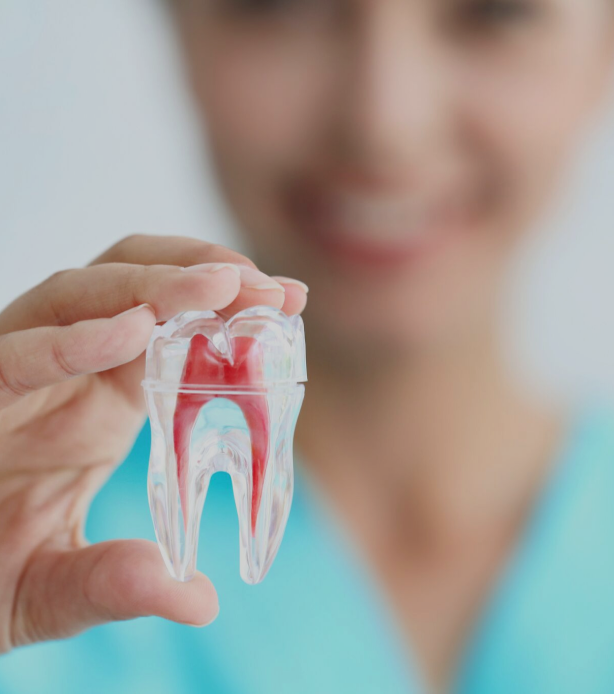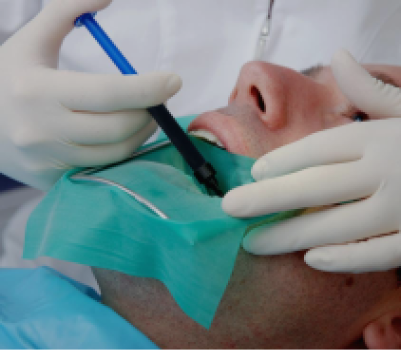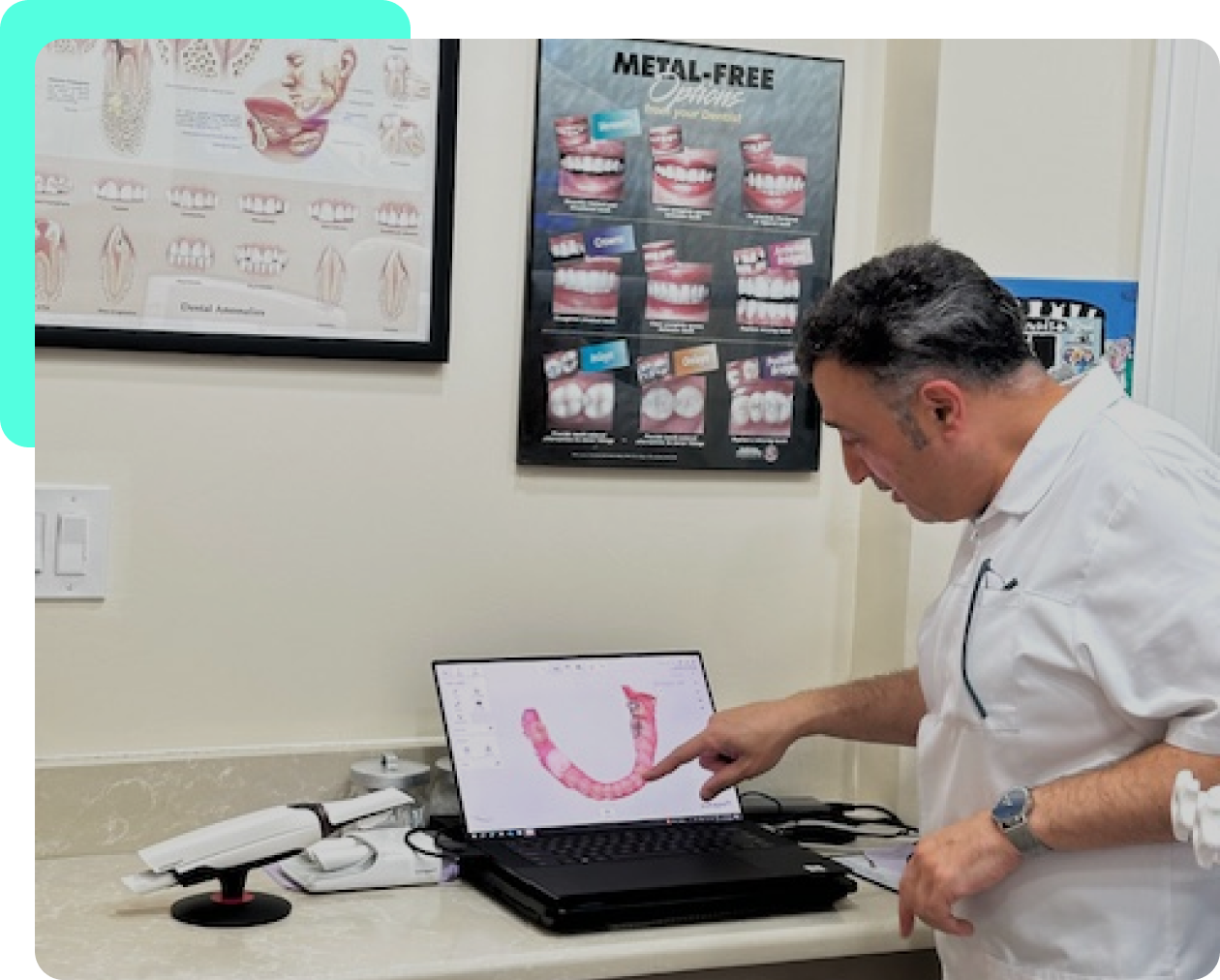
When decay makes a small hole in the tooth, we call that a cavity. If a cavity is left untreated, decay can spread until it makes its way to the innermost part of the tooth, known as the root canal. Inside the root canal, the tooth’s most sensitive tissues, called the pulp, are stored. When the pulp becomes infected, you may experience intense pain. Once the pulp is infected, it can’t recover and must be removed.
You may need root canal therapy if you experience:

When you come to our office, your teeth and mouth will be examined to assess the state of your oral health. You may have X-rays or scans taken so we can see the extent of decay prior to the procedure.
Before we start, you’ll be given a local anesthetic so you won’t feel pain during the procedure. We’ll then begin by drilling a small hole into your tooth for access to the root canal. The infected tissue will be scooped out little by little until it’s completely removed. If your tooth isn’t strong enough once the root canal procedure is finished, we can put a dental crown on it. Crowns strengthen and protect teeth while looking natural.
Once your procedure is done, you’ll be given aftercare instructions to ensure your recovery is as quick and uncomplicated as possible.




We try our very best to save your tooth, but in some cases, an extraction is necessary for the benefit of your overall health. In this case, we’ll work with you so you know your options after your tooth is extracted.
If your tooth must be removed, we offer natural-looking dental implants so you can restore your smile.


We offer special pricing for senior patients for most procedures. Please give us a Call if you have any questions.

Yes, we’re taking on new patients now! Come and visit us and we’ll talk about your dental needs, cosmetic goals, and more…

